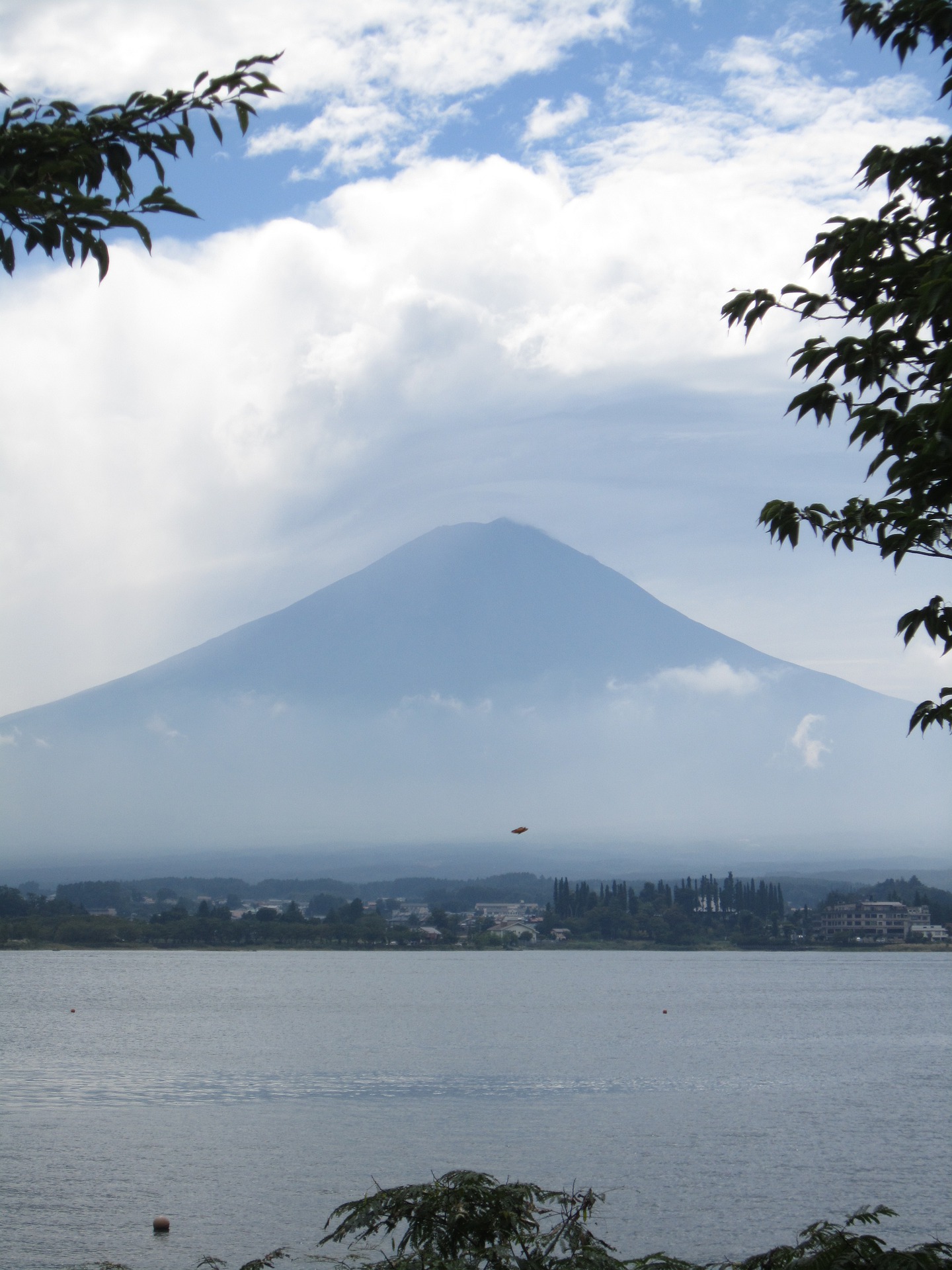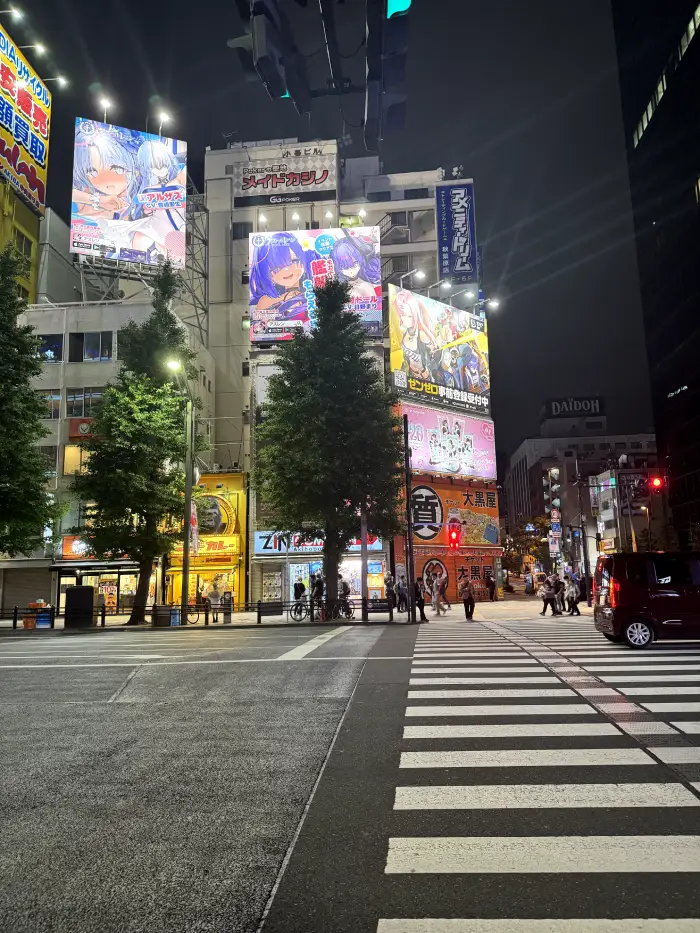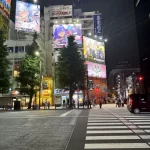As solo female travellers, our journeys are very different from any other. From a very young age, we are socially conditioned to think of ourselves in a way. Solo travel for us is how we get ourselves out of that mold and prove everyone wrong. We are told that we are incapable of travelling alone, but I have found that you are always your best company. We are then told that we can never plan our own vacation, and we are definitely not capable of handling our finances.
But I can tell you from experience that it is furthest from the truth. But the one thing we always keep hearing is that we are not strong enough. That we can never do things, men can. And to them I say, I absolutely agree. Because we do things even better, don’t we? And because women are stronger than we give ourselves credit for, while on your solo female trip to Japan, do not miss out on the experience of climbing the tallest mountain in Japan: Mount Fuji.
Yes, it is no easy feat, but today I will give you in great detail what you should keep in mind when climbing Mount Fuji and immersing in its beauty. It is a soul-searching experience and one that you absolutely must partake.
A brief insight into Mount Fuji
A symbol of Japan’s natural beauty, Mount Fuji stands at 3776 m above sea level or 12,389 feet. This is enough to cause height sickness if you have any. So, don’t forget to carry proper medication when you pack for your travel to Japan.
The best thing about Fuji is that it is almost symmetrically perfect. But did you know that despite thousands of people climbing it each year, Mount Fuji is still an active volcano? Yes. It last erupted in the Hoei era in 1707 and is now carefully monitored because it is believed that it will erupt again. But volcanic activities give the mountain a unique blend of beauty.
How to reach
View this post on Instagram
You can go to Mount Fuji from different Japanese cities. But I think the best is travelling from Tokyo as Mount Fuji lies only 100 km west of it. There are many ways to travel, but the most convenient, I think, is a direct highway bus from the Shinjuku Highway Bus Terminal. This bus takes you to the foothills of Mount Fuji, to Subaru Fifth Station. The Subaru Fifth station is the starting point of one of the trails that leads up Mount Fuji, Yoshida Trail. The bus takes around 2 hours and 30 minutes and costs you around 2700 yen. You can pre-book your tickets because seats sell out pretty fast if you are travelling during the climbing season.
Best time to climb
If you are an avid mountain climber with proper training in rock climbing and mountaineering, you can try climbing Mount Fuji almost throughout the year. But for the first-timers out there, it is best to stick to the official climbing season. The peak season is normally from early July to mid-September. This is the best time because the mountain during this time is free of snow and the obstacles you face while climbing up the mountain are far fewer. It is then that all the trails are open and mountain facilities are in operation. But if you are like me who doesn’t like crowded places too much, I would recommend climbing Fuji on a weekday at the beginning of July. Climbing during the months from October to June is highly dangerous because you will face gusts of winds and a bad climate.
If you are just taking a train from Tokyo to visit Mount Fuji and not climb it, the best time to go will be the spring when cherry blossom or sakura is dotted around, and the mountain stands in its full glory. But in the winters, when the mountain cap turns white with snow and temperatures fall, chances to viewing the majestic Mount Fuji from afar increases, and it’s a sight to behold.
How long does the climb take?
Well, ideally, the climb can be completed in a day. But the fitness and prowess required for that is a lot. As a first-time climber, it is better to stay the night and cover the climb for over two days. Also, in that way you can catch the beautiful and unreal sunrise. It takes around 5-7 hours to climb the mountain from the Subaru Fifth Station. It will take you another 3-5 hours to climb down.
But no matter if you deem yourself to be physically fit and in the best of shape, it is always recommended that you begin your journey up around noon, stop and stay the night at a mountain hut before leaving early next morning to finish your journey to the summit, and catch the mesmerizing sunrise in the process.
But if you are short on time and still want to climb Mount Fuji, you definitely can. Start early and take a bus from Shinjuku to begin your climb early. Rest a while near the top before coming back down and reaching Tokyo late at night. You can also plan the climb during the night. You take a late bus, reach Subaru Fifth Station and follow the Yoshida Trail. And you reach the huts in the wee hours of the morning, where you rest a while before continuing with your journey. There is a provision to book huts on an hourly basis here as well.
What kind of weather can we expect?
We all want to climb Mount Fuji on a day when the skies are clear. But as they say, Man proposes, God disposes. You might often find that what started out as a bright and clear day suddenly turn into a rainy one. You can always check the weather forecast before you plan your travel, but you never know when everything changes. For this reason, it is best to go absolutely prepared for the climb.
What gear to pack for the climb?
Before setting off on the climb, you need to make sure that you have the proper gear that will aid in the climb. Wear comfortable shoes that are specifically designed for hiking. In your hiking bag, pack some medicines and a small first aid kit just in case. Carry a raincoat in case of some inclement weather. Dress in layers and bring some warm clothes with you because you will experience a sharp dip in temperature as you ascend.
View this post on Instagram
You can also keep some dry food and bottles of water with you because the price of these things increases as you climb up the mountain, and there’s no point paying for these basic things unnecessarily. Bring a good headlamp if you plan to climb the mountain after sundown. Also, carry plenty of 100-yen coins as they will be useful to pay at the toilets along the way. But if you forget to pack something, don’t panic. There are plenty of shops in the Fifth station where you can rent anything from shoes to a raincoat.
Best trails to reach the summit of Mount Fuji
When I was planning a trip to Mount Fuji, I was not thinking about climbing it at first. But a fellow Japanese girl I met in Tokyo convinced me to undertake the adventure. When she was telling me what to do and how if I were to climb the mountain, she told me to remember the acronym: YFSG. When I asked what it meant, she said that it was the four trails that led up to the top. Yoshida, Fujinomiya, Subashiri, Gotemba. If you are wondering which trail is the best, let me tell you.
1. Yoshida trail
This is the trail you usually take if you are travelling to Mount Fuji from Tokyo. Also, the best part is that you can catch the sunrise on this trail even before you reach the summit because it is east facing. It is hands down the most popular trail to the top and takes around six and a half hours to climb. The fifth station is the base for this route, and you will find plenty of shops and restaurants here. Pro tip: Try buying nice souvenirs from the boutique shops here. They are actually quite affordable.
5th – 9th Station
The journey from the fifth station to the sixth is beautiful. You will walk past Swiss-style rest houses, lots of greenery, and some horses. The trail has birch-lined forest on both sides, and on a bright and clear day, it is beautiful. The terrain here is steep at first before becoming somewhat flat as you reach the sixth station.
The sixth station is where the climb actually starts. Drink plenty of water at each hut along the way, or else the climb might get arduous. But the downside of taking this trail is that because this is the most popular trail, you will find it quite crowded. The sixth to the seventh station is quite arduous, and you feel as if you are walking on a never-ending path. But if the day is bright, the picturesque scenery makes up for it. Stop at a hut at the eighth station and give your body a much-needed rest. Carry food with you because even if the hut you are staying at serves food or tea, it will be extremely expensive. And because there is a dearth of water, you will find no water to take a bath or wash. But drinking water bottles are available even if they are expensive again.
My advice would be to set out in the wee hours of the morning for the summit to catch the sunrise. It takes 1-2 hours to reach the ninth station when your journey one way finally comes to an end.
2. Fujinomiya route
The only trail that faces the west, the path is much less developed than Yoshida and thus an extremely difficult climb. The trail takes 6 hours to reach the top, and the first station will take you around 20 minutes. After that first hut where you can stop and recharge yourselves, the steepest yet shortest part of the trail comes. The disadvantage of this trail is that, unlike the other three, there are no laid-out trails for going up and down, so during inclement weather or if it is crowded, things might be a little tricky for you. But all is not bad here. Just before the crater rim, you pass through a torii gate which even on gloomy days is a beautiful sight.
3. Subashiri trail
If you love greenery, you might be interested in this route. You start the ascent through the beautiful forest, but it is a longer route to the top. It takes over 7 hours to reach. You pass a small shrine along the way, and then the path is moss-covered with birch trees all around. The volcanic rocks make it steep but a scenic climb. At the 8th station, this trail merges with the Yoshida route, so expect a sizeable crowd after this.
4. Gotembe route
The fourth trail is the longest and the hardest to climb. It takes almost over 9 hours to reach the summit, and the road is not recommended for first-timers. Not only will you end up getting volcanic stones and dust in your shoes, but the steep slope will also ensure that you have to put in extra effort for the climb. There is a limited number of huts on this trail because very few people actually opt for it.
| Route | Time taken to climb |
| Yoshida | 6.5 hours one way |
| Fujinomiya | 6 hours one way |
| Subashiri | 7 hours one way |
| Gotemba | 9 hours one way |
Staying on the mountain
As I mentioned earlier, it is always a good idea to hike up the mountains over two days. So, during your climb up Mount Fuji, you have to stay at a hut before continuing your journey the next day. The huts are the best places for accommodation on the slopes, and you will find them on each trail. All huts require advance booking, and while it’s not cozy or luxurious, it will be enough to provide you with a bit of rest.
View this post on Instagram
I think the Lord was talking about Japan when he said, “Ask, and it shall be given to you, seek and ye shall find.” Well, how could he not? Whatever you want in Japan, the country will provide it on a platter for you. And while you will still have the bright lights or a chance to catch a glimpse of historical Japan, if you want to be one with nature here, climbing Mount Fuji is the way to go!








Leave a Reply